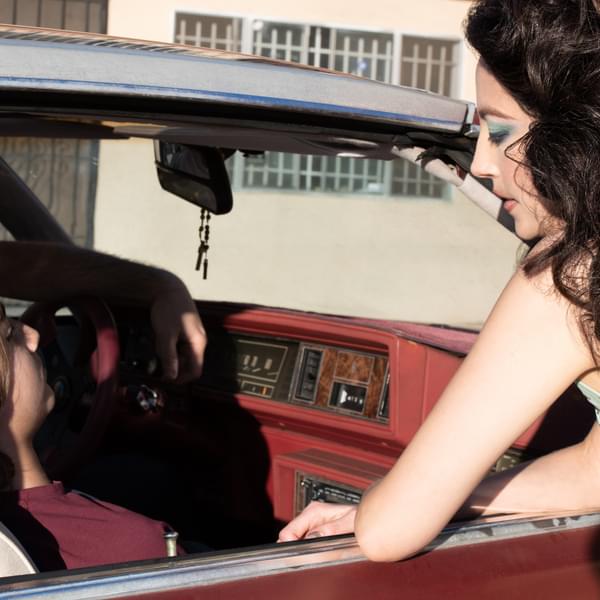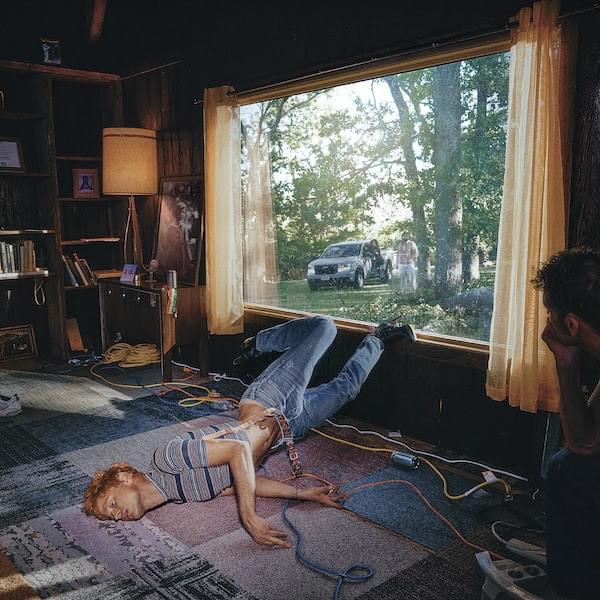The BBFC shed light on music video age ratings: "We're at the beginning of a journey"
Yesterday it was announced that the music videos age rating scheme was being expanded, with YouTube and Vevo set to enforce ratings.
The measures have been expanded following October's Government-led initiative, and a number of independent labels have signed up to a trial of the scheme that will last six months, following the news that Sony, Universal and Warner will now submit all videos for assessment.
It will only cover UK-produced videos for UK audiences on the larger online video platforms. This means that videos such as Rihanna's "Bitch Better Have My Money" - a hot topic earlier this year with its liberal splatterings of butts and blood - would not be affected.
Currently, 132 videos have been rated by the BBFC (British Board Of Film Classification) by the major labels, with 56 rated 12 and 53 rated 15. Only Dizzee Rascal’s clip for "Couple of Stacks" has been slapped with an 18. Videos that are rated 18 will now not automatically load on browsers.
Baroness Joanna Shields, who is the Government's minister for internet safety and security, says that "this voluntary step from industry to bring internet services in line with the offline world." She added that "Keeping children safe as they experience and enjoy all the benefits the internet has to offer is a key priority for this government’s one-nation approach to help families across Britain... we will continue to work with industry to develop ways to help parents to better protect children online from inappropriate music videos with explicit adult or violent content."
At first glance, this seems like a piecemeal approach to a topic that reeks of 'won't somebody think of the children!', so we wanted to get clarification from someone who knows what's going on.
We've spoken to David Austin, the BBFC's Assistant Director, Policy & Public Affairs, to shed light on the future of the scheme, the likelihood of its success, and the initial response from both labels and audiences.
Where the scheme is only covering a small section of the market, will it have a major impact in the grand scheme of things?
"I think the thing to do is not to see this as a finished product. We launched the pilot in October last year, with only five partners (the three major labels and two video platforms), and when we launched we made an undertaking to consult the public as to how effective they thought it was and if they do find age ratings helpful - and they do, from what they've told us - and what more needs to be done to make the provisions of information more useful for them. We're going to be looking at the feedback in a great amount of detail and sitting down and work out how we can implement whatever the public asks us to do. I think you need to see this as an evolving process of which we're fairly near the beginning. The Government's announcement [on 18 August] has made a step change in terms of the number of partners involved... we've gone from three labels to several hundred with all the indies now taking part. We're at the beginning of a journey. I agree with the gist of the question - i.e. to make child protection more fully comprehensive online. To do that we need to involve more labels."
It's a voluntary scheme at the moment, but do you think that the Government could decide to make it compulsory?
"All our regulation online is voluntary, and it has proved to be a successful model. I don't see strong cause to make it compulsory at the moment. I think we need to see how the next stage of the scheme goes, and then how it evolves from there, before we can really answer that question. The participants so far have been extremely willing and very good to work with."
Do you think teenage fans will heed warnings and abide by ratings?
"We talk to teenagers all the time. We have an outreach programme and we talk to thousands of teenagers every year. We've done a lot of research into how they actually use the classifications, and it's clear that - and I was probably one of them - that do seek out 'forbidden fruits'. But for every teenager that seeks out that content, there is one that does take to classifications in quite a different way. We know from our own research that many teenagers will avoid 18-rated content because they think it's likely to contain something that they'd find difficult to deal with. We also know that all teenagers, and all children really, are protective of their younger siblings. That's universal. Older siblings will say to their young brother or sister, 'you shouldn't watch this because it's not suitable', and that's been a common response from the teenagers we talk to. How teenagers actually use age ratings will of course vary from individual to individual, but it's certainly true that age ratings are often used to protect younger siblings. At the moment the platforms are showing our age ratings, and one thing that's come out of research with parents is that they would like platforms use parental controls linked to those age ratings if possible - three-quarters of parents said they would like that ability to control what their children are viewing. That's something we'll be looking at for sure."
Will it be a retroactive ratings system as well?
"[Laughs] there's a question. This is a voluntary scheme, and we will classify anything that a label brings to us. To be honest I can't see record labels going back through everything they've ever released and saying 'well we should get that rated'. We're looking forwards rather than backwards."
Do you think it could have an effect on the creative side of things? Do you think this will limit the sort of things that major labels go for in order to maximise an audience? Conversely, will they go overboard to make it a taboo video nasty that ‘must be watched’?
"In terms of the second part of question, we've seen the reverse in fact. We have seen on a number occasions, through the 132 videos we've classified so far, that a company's got an age rating, and they say 'well actually we'd like a lower one', so we'll edit the video so it can fit into that lower rating. There was a Cheryl video for instance that had three different versions - one of which was suitable for a 15 audience through to one that was suitable for anyone. It didn't have an impact on the full version, but it means they also have an edit purely for younger audiences. I would expect to see that kind of thing happening in the future. That's what happened in the film world. Often at the cinema you'll get a film that the distributor's very keen on getting a 12A rating, so they will cut the film to lower the rating, but then when it comes out on Blu-Ray, they might issue two versions - one that's 12A, and then the original uncut 15 version. It doesn't really impact on the creative process, but when it comes to marketing a video or film, companies are aware they may have to make adjustments in order have a different audience."
Still some questions remain unanswered - and will probably remain so until the scheme has moved along somewhat. What happens if a UK labels suddenly opt to make all videos video overseas? Could an age rating ever truly stand in the way of a Directioner? Could this go global?
If you feel like it, you can view what is officially the most unsuitable-for-kids video in the UK.
- Mahalia joins forces with Masicka on new single, "Different Types Of Love"
- Jack Garratt announces first studio album in five years, Pillars
- St. Vincent releases new single "DOA" as featured in A24's Death of a Unicorn
- Kesha details forthcoming sixth album alongside T-Pain collaboration, "YIPPEE-KI-YAY."
- Rico Nasty shares new single "ON THE LOW" and announces third album tracklisting
- Black Honey return with new single, "Psycho"
- VLURE unveil their first single in two years, "Better Days"
Get the Best Fit take on the week in music direct to your inbox every Friday

Great Grandpa
Patience, Moonbeam

Deafheaven
Lonely People With Power

Perfume Genius
Glory





